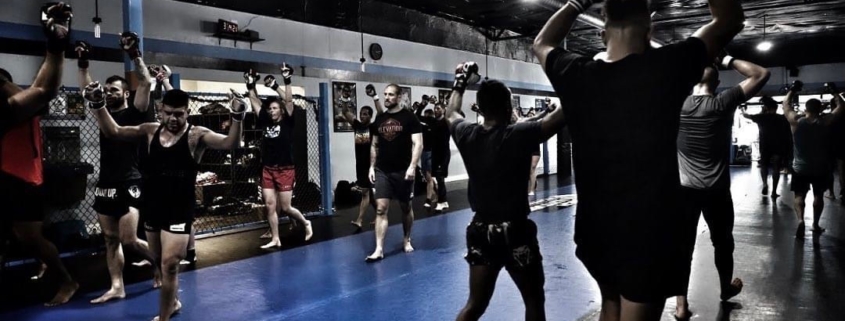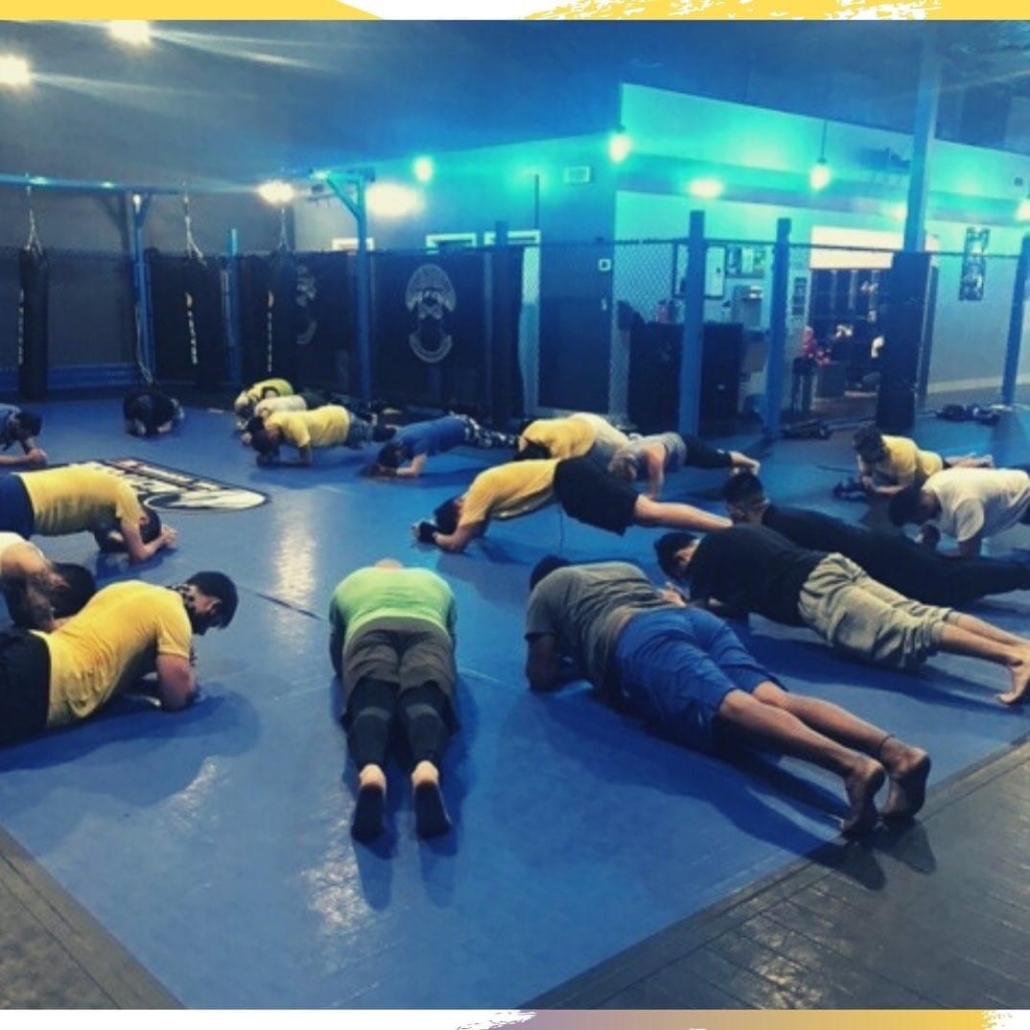We’ve all been there. You’re in fifth grade gym class and all you want to do is play dodgeball, but the teacher is making you do jumping jacks. While they can be annoying and seem insignificant, warming up and cooling down are two of the most important parts of the martial arts process.
At High Altitude Martial Arts, warm ups and cool downs are carefully planned and written specifically for each program.
Warming up and cooling down prevent injury, increase flexibility, and establish healthy transitions from inactivity to activity and vice versa. For kickboxing specifically, warming up and cooling down are vital parts of a great workout.
Warming up prevents injury:
- When you warm up before a workout, your body prepares for the vigorous activity it’s about to go through.
- Circulation increases and blood pumps through your muscles to engage them.
- More blood to our muscles prepares them for extra stress.
- Stretching and increasing blood flow can loosen up muscles and tendons. The looser you are, the more your body can perform, and the less likely you are to tear or pull something.
Warming up increases flexibility:
- Flexibility during a workout is vital, especially during kickboxing. Kickboxing is a sport that utilizes the whole body and is benefitted by a flexible body.
- Flexibility increases reach for strikes and power and mobility.
- Flexibility creates a safe workout and helps decrease the risk of injury.
- Use dynamic, movement-oriented stretches to warm up the body and slowly transition to a more intense level of activity.
Warming up helps transition from inactivity to activity:
- Everything in life needs transition; the body is the same way.
- Going from inactivity to activity without transition can be damaging to your body and will make exercise overwhelming.
- When the transition from inactivity to activity is healthy and progressive, it shows in the workout.
- Anyone who’s sparred or taken a striking class without warming up will admit that the body moves slower and hurts more and the workout becomes more difficult.
Cooling down prevents injury:
- When the body is in an excited state, cooling down helps your body reset back to a lower resting state
- Cooling down establishes and maintains a healthy metabolic rate.
Cooling down helps increase flexibility:
- Static stretches after a cardio intensive workout help release tension in the muscles created by the exercise.
- Endorphins from exercise help your body relax into a stretch that may be too intense when your body is cold.
Cooling down helps your body transition from activity to inactivity:
- Drastic and immediate changes can be dangerous to the body.
- Going from an extremely intense heart rate to a very slow heart rate and vice versa can cause fainting, fatigue, muscle tension/aches and other damage to the body and brain.
- In order to avoid this, take time after kickboxing to walk, stretch, breathe, and calm your body down.
Warm ups for kickboxing:
- Cardio and calisthenics warmups are best for striking classes
- Movements such as jumping jacks, jump squats, jogging, and shadowboxing are perfect to prepare the body for the workout ahead.
- Dynamic stretches like walking lunges and inch worms push ups are great for flexibility and mobility.
- Calisthenic exercises such as traditional squats and push ups help send blood to the muscles to strengthen and engage them when met with resistance.
Cool downs for kickboxing:
- Static, slow stretches are great for cooling down the body after a cardio intensive workout.
- Breathing exercises while slowly walking around help regulate the breath and the heart rate and bring it back to a resting and relaxed rate.
Be sure to incorporate these into each workout. The difference will be noticeable!






